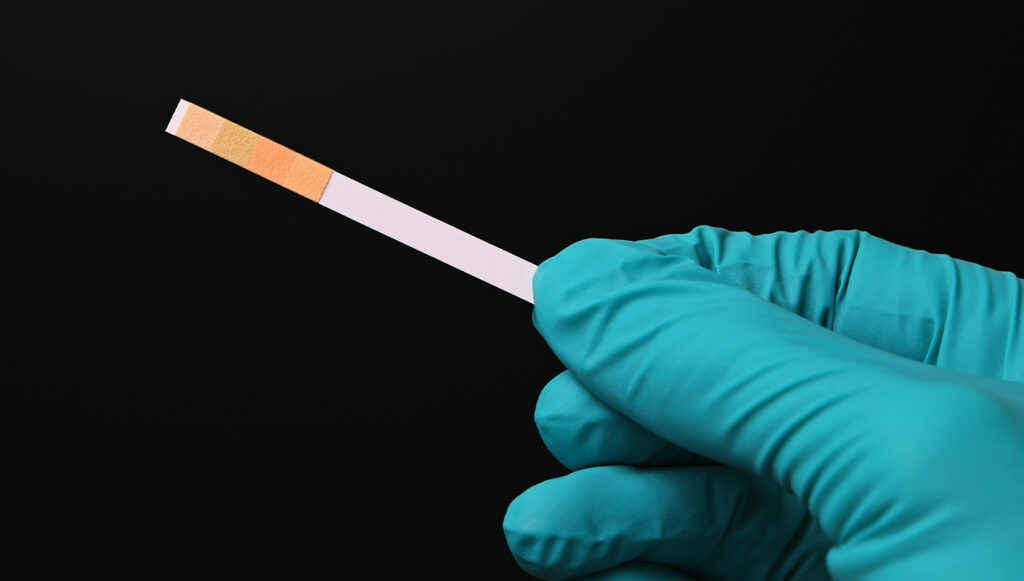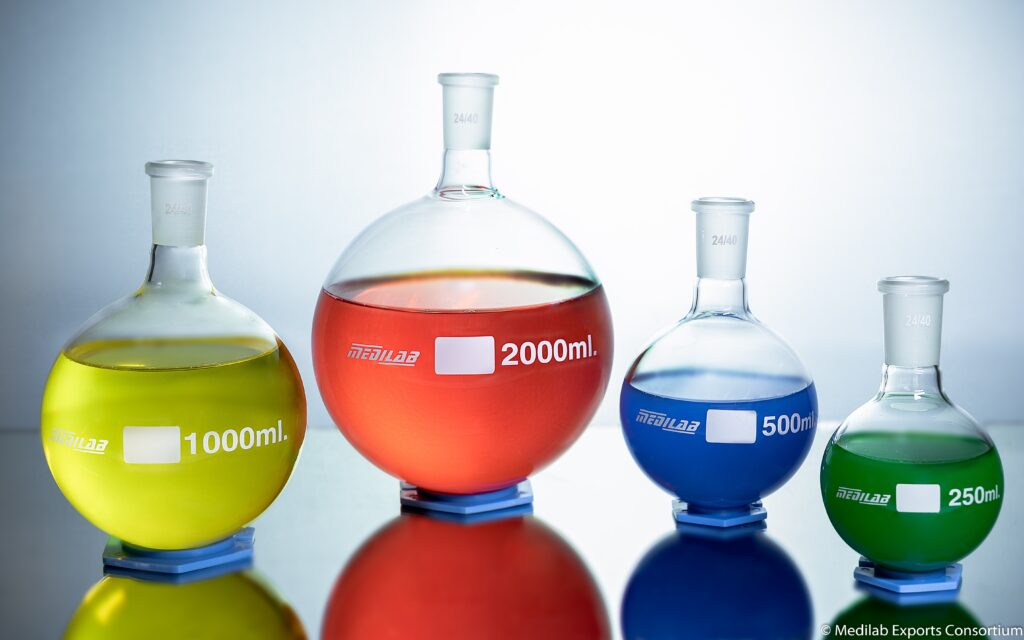
Welcome to our Litmus Test: Litmus Paper pH Test Strips! Are you a connoisseur of chemistry? Are we familiar with the idea of the Litmus Test? Without further ado, please accept our invitation to a thought-provoking test: the Litmus Paper Test! Engage in a meticulous assessment of your proficiency in this area by providing answers to each query presented therein.
With respect to items such as food and water, it is imperative to take note of their pH levels. To measure the same conveniently, one may resort to a litmus paper test – a hassle-free technique. Exploring further, let us acquaint ourselves with what exactly this litmus paper entails and how one can put it into use effectively.
Litmus Test Paper | Test Strips pH
A slender piece of parchment identified as “Litmus paper” is imbued with lichen-originating organic hues. It is applied to determine a substance’s or mixture’s pH level. The parchment transforms color according to the acidic or alkaline nature of the mixture, rendering it an accessible and straightforward technique for determining pH.
Would you like to find out what food should you eat? We invite you to take our quiz! What Food Should I Eat? Answer all the questions to find out the results!
The organic pigments present in the paper exhibit a sensitivity to hydrogen ions contained within any given solution. Submerging litmus strip into any such solution elicits a response whereby those pigments undergo a natural transformation, leading to alterations of color visible on the very paper itself. Should an acidic medium be preferred, then the red hue that spontaneously springs forth serves as a testament to that circumstance’s inherently acidic nature. Conversely, an alkaline beverage will frequently incite blue coloring upon inspection of the sensitive paper strips- while relatively neutral solutions generate consistent and continued hypnotic purple shades for added aesthetic allure.
Uses of Litmus Paper
Verifiable by its presence in a multitude of sectors such as food, pharmaceuticals, and medical arenas, the utilization of litmus paper is ubiquitous. In addition to these industries, it also finds considerable use in academic institutions and research facilities as an analyzing tool for determining the pH level of various substances under experimental conditions.
- Within the gastronomic domain, litmus paper serves as an important tool to evaluate the acidic or alkaline properties inherent in particular comestibles. This includes bread, dairy products, and fruit liquids, but is not restricted to these. Additionally, said test material has also been employed for measuring pH levels residing within swimming pool water reserves.
- Litmus paper serves as a quintessential tool in the medical field wherein it is employed to examine the acidity levels of diverse bodily fluids, including urine and blood.
Advantages of Litmus Paper
Litmus paper, being a minimalistic, simplistic, and economical approach to gauging pH levels, offers an uncomplicated mode of obtaining such information. In its utilization, there is no requirement for specialized equipment or training to operate, making it effortlessly applicable to common things we interact with daily. Additionally, the transportation and storage of said strips further add to its simplicity.
Because it is small and does not offer a considerable bulk, it easily fits into one’s pocket or backpack. This makes it an ideal tool for instances where mobility and fieldwork outshine access to a laboratory since one can take it wherever they go without adding unnecessary weight to their load.

Where to Buy Litmus Paper?
The advantageous trait of litmus paper is its affordability. This modest purchase can be made at almost any scientific merchandise emporium without causing a dent in one’s wallet. Moreover, the simplicity of usage accompanying this item renders it easily accessible to scientists, academics as well as those lacking an advanced formal education.
Litmus Paper Test for Acid and Base
Litmus paper can be considered an unfailing instrument when it comes to determining the pH of various substances. As soon as it comes in contact with a substance’s pH, the paper undergoes a color change mirroring the acidity or alkalinity level which assists in assessing and distinguishing such properties with ease. One of its notable advantages is its versatility, since solid and liquid elements alike may both be assessed via this straightforward yet accurate tool.
Would you find out your color? We invite you to take our Color Test! Answer all the questions and check your results at the end!
Many types of pH Litmus Paper
A myriad of litmus paper varieties exists for consumers to choose from. For instance, blue litmus paper undergoes a noticeable color alteration by shifting from its original state to red when exposed to acidic substances, whereas the red version changes in response to alkalis, turning from red to blue. The different varieties available offer the consumer an opportunity to select the optimal type of litmus paper that meets their specific needs and preferences.
Apart from being a valuable tool to measure the acidity or basicity of substances, litmus paper also holds significance in developing indicators. These chemical compounds are programmed to undergo a color change as a response to the alteration in pH levels. Various industries utilize these indicators manufactured with the aid of litmus paper in their operations – some notable examples include medical examinations, environmental assessments, and food production processes.
Litmus Paper pH Test Strips
In essence, litmus paper serves as a rudimentary yet highly functional device for gauging the pH of various substances. Its accessibility, versatility, and dependability are factors that render it indispensable in numerous scientific applications.
Doth thou possess proficiency in the Litmus Test? Esquire more knowledge by answering our inquiries! Receive thy outcome expeditiously!
What is Litmus?
A combination of several colors taken from lichens and made water-soluble is known as litmus. One of the earliest kinds of pH indicators, used to assess the acidity of materials, is frequently produced by its absorption onto filter paper.
How does Litmus Paper work?
In an acidic medium, blue litmus paper turns red, while in a basic or alkaline medium, red litmus paper turns blue.
What is the origin of the word ‘Litmus’?
Old Norse had a term for “pulp” that is the root of the word “litmus.”
What is the history of Litmus?
Arnaldus de Villa Nova, a Spanish physician, first used litmus to examine acids and bases around 1300. Certain lichens were used to extract the blue dye starting in the 16th century, mostly in the Netherlands.

